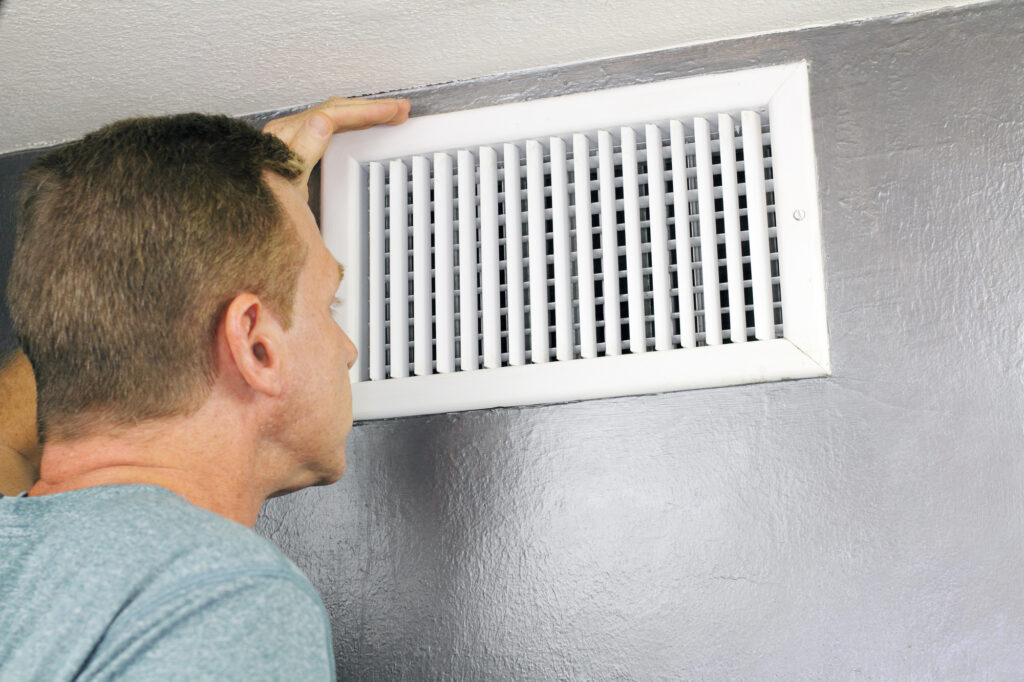Breathe Better: Common Indoor Air Toxins and Where They Come From

The outdoors isn’t the only place rife with air pollution.
In fact, you could be facing the most dangerous air pollution indoors. Without proper prevention or response, unsupervised indoor air pollutant production can really threaten your health.
That’s why it’s important to understand common sources of indoor pollution and how to deal with them.
So keep reading to learn about some common indoor air toxins. We’ll tell you what they are, where they come from, and some basic tips on how to prevent them.
Asbestos
Asbestos is a group of six minerals composed of small, flexible heat-resistant fibers. These different minerals of asbestos minerals are different types of asbestos.
This material is used in hundreds of US consumer products for its heat and chemical resistance. As long as asbestos doesn’t make up more than 1% of a product, it can be used
Commonly Found In:
There can be asbestos in the air or it can be contained within materials. Airborne asbestos typically occurs after materials with asbestos are cut/ripped/etc through. Such materials include:
- Heat-resistance fabrics
- Gaskets
- Building materials
- Friction products
Lots of at-home DIY repairs require frequent handling of asbestos materials. But mishandling asbestos materials can elevate levels of airborne asbestos fibers.
Health Risks:
Not everyone that comes into contact with asbestos experience illness. Regardless, overexposure to asbestos causes cancers and other diseases, namely asbestosis.
Carbon Monoxide (CO)
Carbon monoxide (CO) is a toxic, odorless, and colorless gas. Its undetectability is what makes it so dangerous, leading 400 people in the US to die from carbon monoxide poisoning each year.
Commonly Found In:
CO can be found in many systems that use gas as fuel. Such facilities include:
- Furnaces
- Gas heaters
- Gas stoves
- Chimneys
- Tobacco smoke
With proper ventilation, filtration, and repairs, these systems pose little to no danger of overproducing CO. To prevent CO poisoning, double-check your systems’ vents and filters. Have a professional come in for more technical concerns.
Install exhaust fans when needed. Make sure all appliances meet EPA standards. All this will ensure that you reduce this indoor air pollutant as much as possible.
Health Risks:
At very low percentages, CO won’t hurt most people. But since it’s so hard to detect, beginning CO poisoning symptoms like headache, fatigue, etc can be mistaken for the flu. However, symptoms can also persist and worsen, leading to dangerous symptoms such as loss of consciousness and death.
Wood Smoke
Generally, smoke is composed of different gases and microscopic particles. Wood smoke contains particles from burnt wood. This leads to “particle pollution”, which harms both the environment and human bodies.
Commonly Found In:
Forest fires and other unchecked fires almost always come with wood smoke. But wood smoke can also come from everyday appliances like wood stoves and backyard bonfires. Campfire pits aren’t immune to producing this danger either.
Anything that burns wood produces wood smoke. If that smoke isn’t well-contained or filtered, everyone exposed to it is getting exposed to harsh air irritants.
Health Risks:
Wood smoke’s “particulate matter” can enter the lungs and cause bronchitis, asthma, and other lethal respiratory diseases. They can also aggravate symptoms of other diseases such as heart and lung disease. With prevention or swift treatment, these air pollutants can easily lead to death.
Clear the Air of These Air Toxins
Prevent a high home maintenance cost — and more importantly, a high hospital bill, by making sure you’re breathing clean air. If your home shouldn’t welcome anyone, it’s air toxins that could threaten the health of every resident in your home.
At Kleen Breeze, we get why clean air’s important. It’s why we’ve dedicated our years-long business to it! So contact us today if you want an expert to clear your home of common air pollutants.
